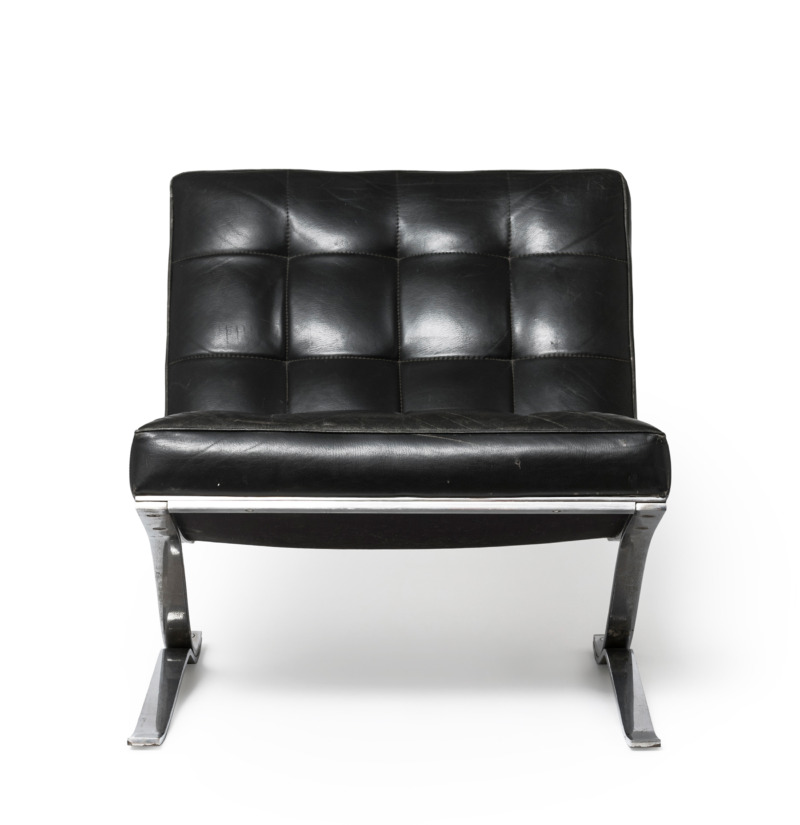Robust, adapted to the needs of children and affordable – the XO-1 laptop was designed to facilitate access to technology, the internet and knowledge and to enable disadvantaged children to receive an education, even in the most remote regions of the world. The device, also known as the ‘100-dollar laptop’, was developed by the non-profit organisation ‘One Laptop per Child’, which was founded in 2005 by the Massachusetts Institute of Technology (MIT) under Professor Nicholas Negroponte.
The XO-1 is equipped with a Linux operating system, a special user interface called Sugar, open source software such as Abiword for word processing and various learning programmes. The ‘rabbit ears’ serve as protection for the various ports, but above all they are antennas that allow the laptops to set up mesh networks for learning teams and teamwork. The XO-1 has a very low power consumption and charging should also be possible via a dynamo with a pull cable, hand crank or pedals. The design of the laptop, which weighs around 1.4 kilograms, was created by Swiss industrial designer Yves Béhar.
Series production of the computer began in 2007 and a total of three million devices were delivered to over 40 countries, but the targeted quantity was not reached by far. For many countries, the laptop was still too expensive, not only because it cost almost twice as much as the targeted 100 dollars. It also became apparent that the laptop was not as intuitive to use as expected and that children would struggle to study unless money was also invested in schools and teacher education. The ‘One Laptop per Child’ initiative still exists today in a modified form, but the production of the laptop was ceased in 2014.
The ‘100 Dollar Laptop’ has been on display in the ‘Design for all?’ section of the new permanent exhibition at the Werkbundarchiv – Museum der Dinge since November 9.

